ChatGPT – A new dimension of reality?
The huge popularity of this application by OpenAI is proven by the numbers. Published on 30 November 2022, ChatGPT had its first million users in just five days, and 100 million users after only two months!
- What is it, how does it work, and what are ChatGPT plugins?
ChatGPT is an AI-based chatbot that generates responses to user input. But it doesn’t work like a traditional search engine; the responses ChatGPT generates are the result of statistical patterns and data included in the training data. This means talking to ChatGPT is almost like talking to a real person. In addition, ChatGPT can answer all kinds of questions, or help you write emails, poems, stories, or even simple application source codes.
The latest version of ChatGPT supports more languages, processes larger amounts of text, and recognises objects in graphics and photos, making it possible to generate image descriptions.
There are also Chat GPT plugins that extend the app’s capabilities. They include YouTube Summary (for creating summaries of YouTube videos) and Engage AI (for creating insightful, authentic and relevant comments on LinkedIn).
- Chat GPT copyright infringement – first court cases
To be able to create texts, Chat GPT is trained on terabytes of data from an online database. But there are rumours that copyright-protected data may have been used to train Chat GPT. Of course, the app does not just copy data from the training set – it generates new text. Nevertheless, the content it produces may be similar, or even identical, to copyrighted works.
So many artists around the world have begun taking legal action against OpenAI for copyright infringement. Mona Awad, a Canadian writer, and Paul Tremblay, a US author, are claiming that their works could have been used to train Chat GPT, which they did not agree to. As evidence, they point out that the app is able to accurately summarise their works.
The possibility of copyright infringement has also been noted by The Authors Guild, a US writers’ group. In a letter to AI-based tool companies, they say that the author’s permission should be sought before a work is added to a training database.
If OpenAI loses its copyright infringement case, this could set a precedent, and would certainly encourage other creators to take legal action.
- AI in Poland
You could say ChatGPT has a Polish accent since the way ChatGPT looks and works has been heavily influenced by a Polish technologist. Did you know that Wojciech Zaremba, a Polish computer scientist, is one of OpenAI’s founders?
In fact, according to a report entitled State of Polish AI 2021, Poland ranks 7th in the European Union in terms of the number of experts working on developing or implementing artificial intelligence. This is mainly in two sectors: IT & Telecommunications (58%), and Finance & Banking (41%).
- Summary
Although the EU Artificial Intelligence Regulation (the so-called AI ACT) will soon be fully adopted, many issues remain unclear – including copyright infringement. But, as Professor Ryszard Markiewicz points out in an article on ChatGPT and European Union copyright law, even though AI is being developed at a very fast pace, the existing copyright laws go a long way towards protecting authors from seeing their works exploited by ChatGPT.
When elements of an author’s work are used in a ChatGPT-generated text, the author can demand protection of their moral rights (the right to authorship and the right to integrity), and the author is also protected if their work is made available outside the scope of fair use.
The full text of Professor Ryszard Markiewicz’s article is available here: https://sip.lex.pl/komentarze-i-publikacje/artykuly/chatgpt-i-prawo-autorskie-unii-europejskiej-151439247
See more:
The complexity and high level of subjectivity in assessing the likelihood of confusion based on three recent CJEU judgements
A likelihood of confusion exists when consumers can be misled into believing that goods or services bearing the opposing trademarks originate from the same company or from economically linked companies. It is assumed that the assessment of the likelihood of...
Overview of CJEU case law from 12 April 2025 to 4 May 2025
Below we present an overview of CJEU case law concerning intellectual property for the period from 12 April 2025 to 4 May 2025. T-338/24 - Mobility Trader v EUIPO - Cala and Ruiz (hey car select) - The case concerned opposition proceedings (likelihood of confusion). -...
Polish Patent Office confirms broad monopoly of a word trademark (decision of the Polish Patent Office of 15 April 2025 in case Sp.180.2023)
On the 31st of July 2014, a Polish company Browary Regionalne Jakubiak sp. z o.o. filed an application with the Polish Patent Office for a device trademark including word SMOK [EN dragon] for goods in class 32, i.e. beer, non-alcoholic beer. (R.275353, registered on...
